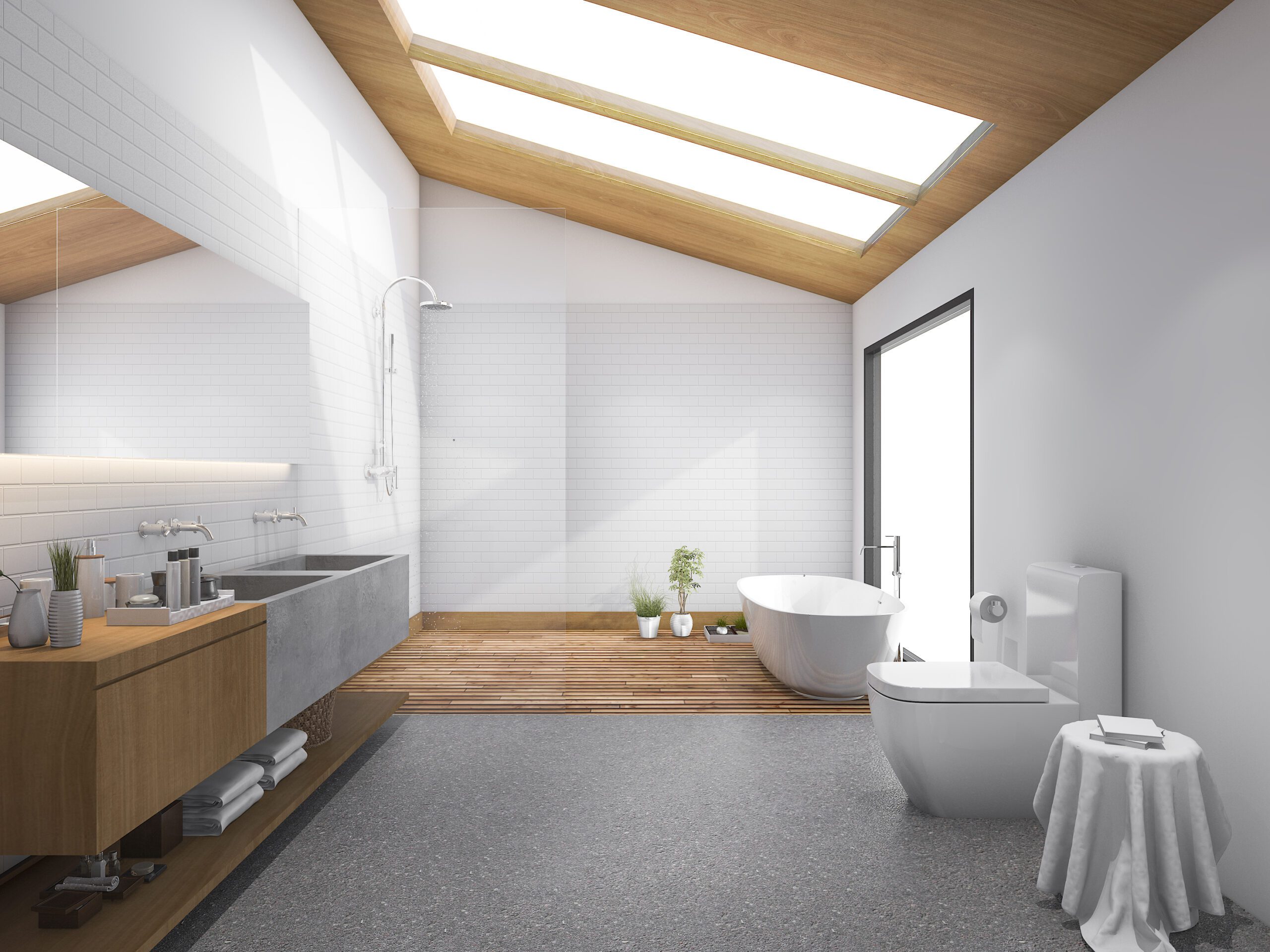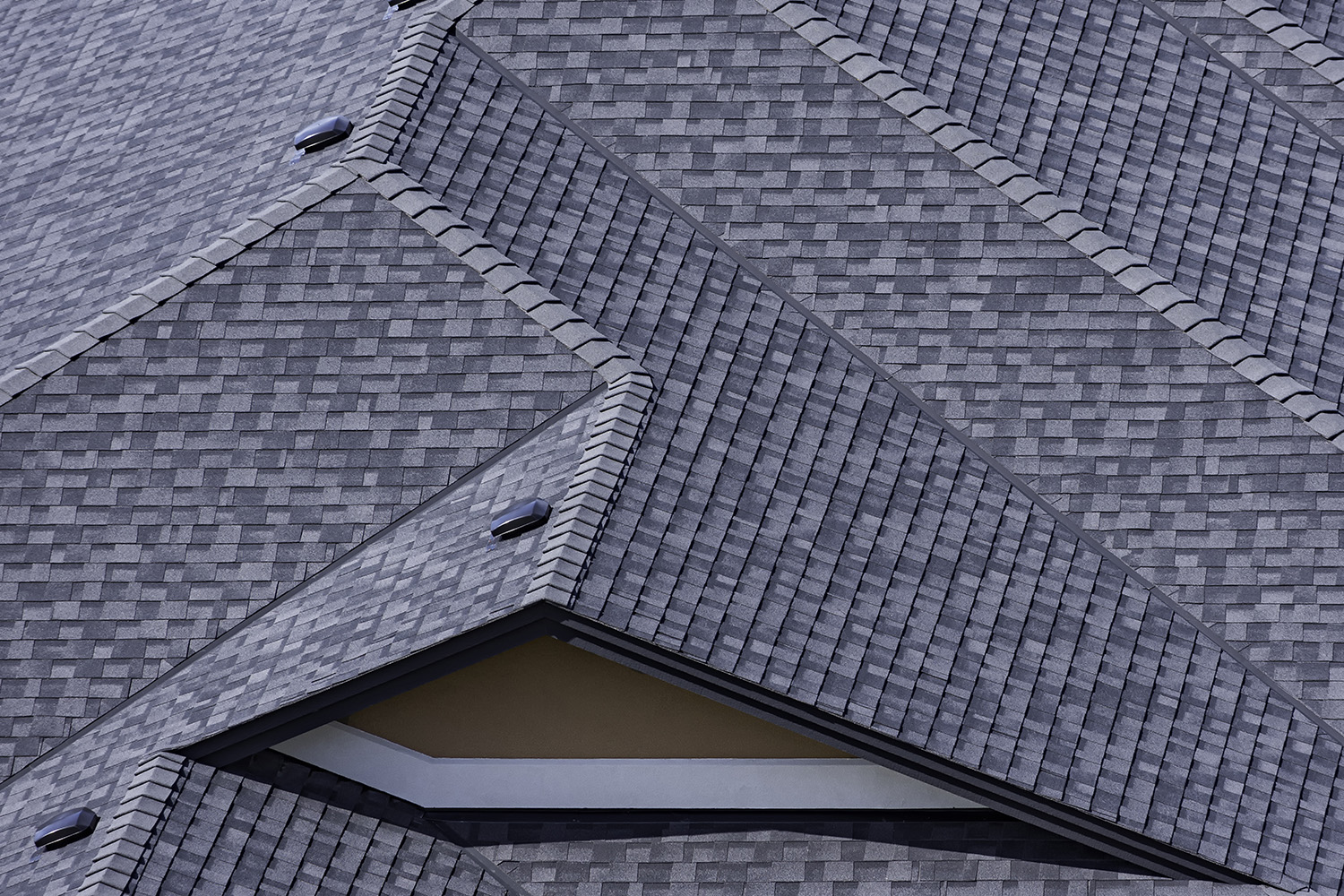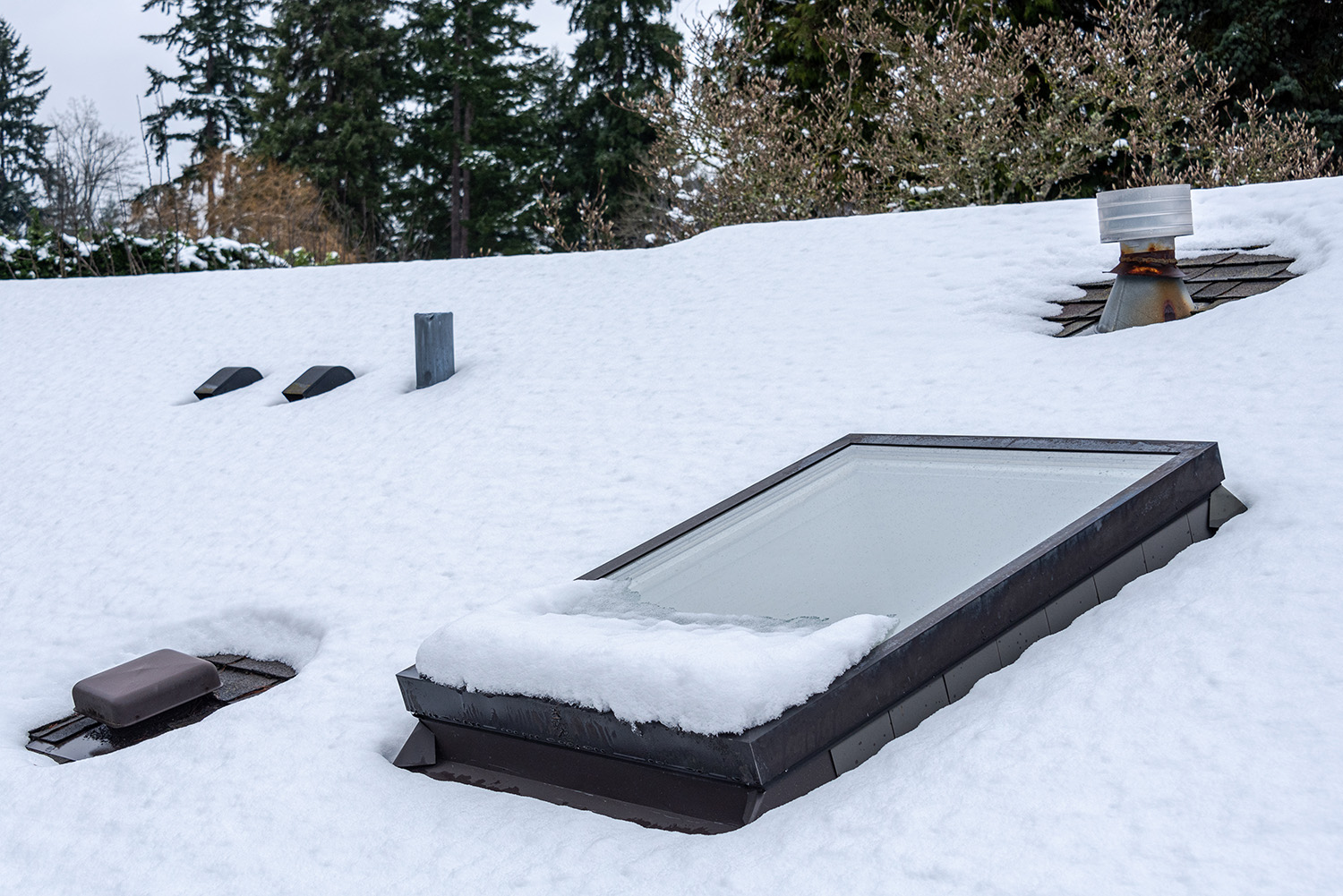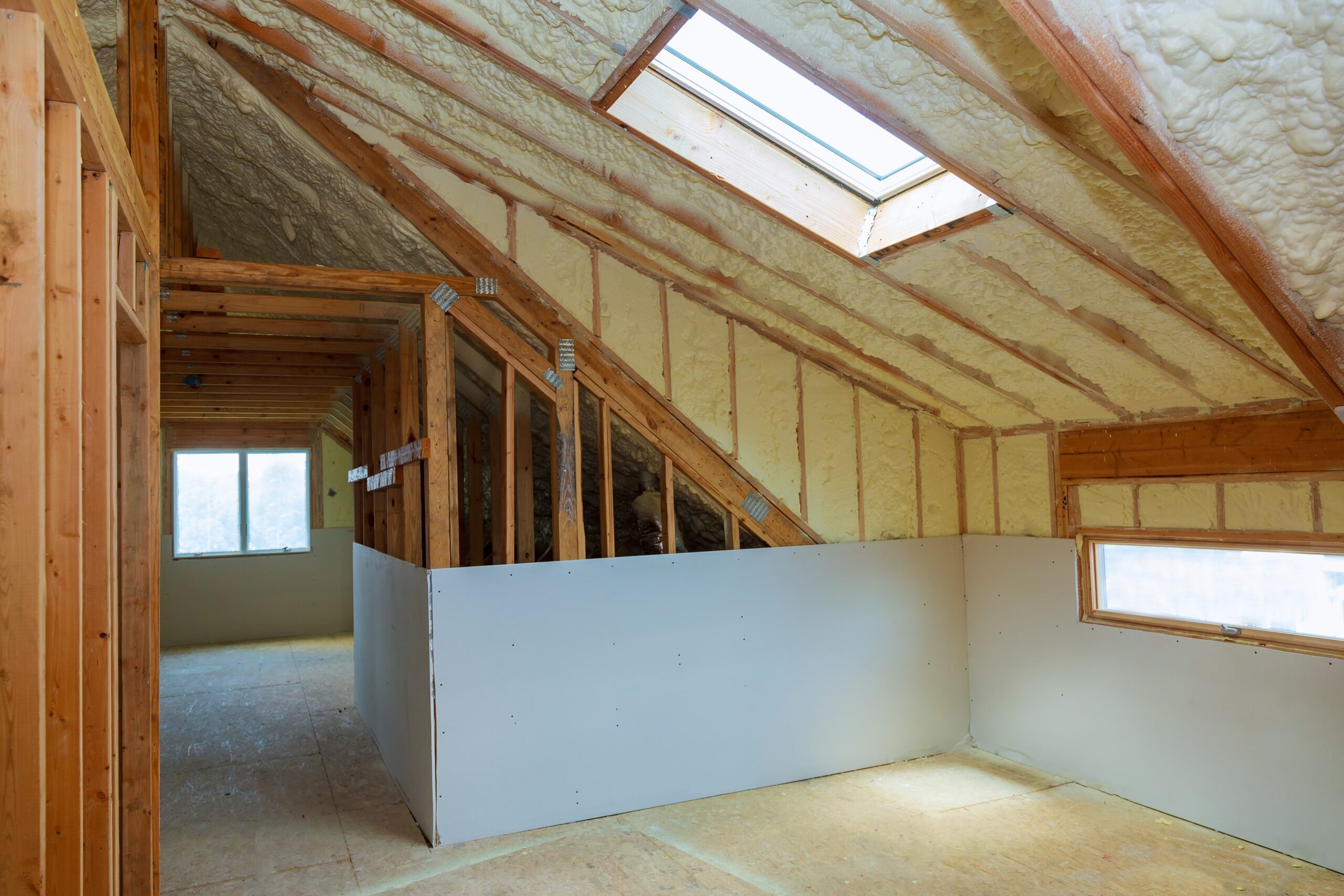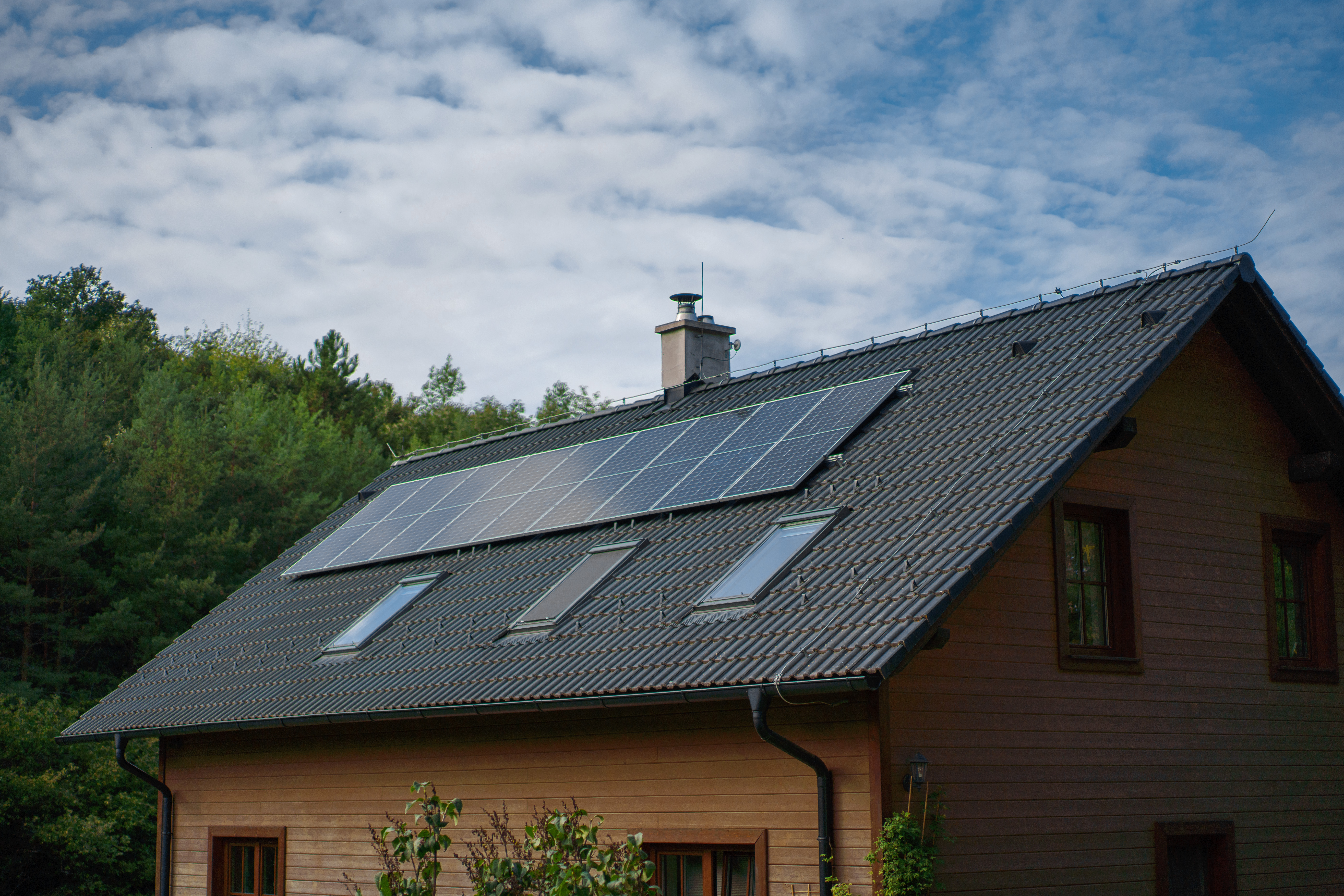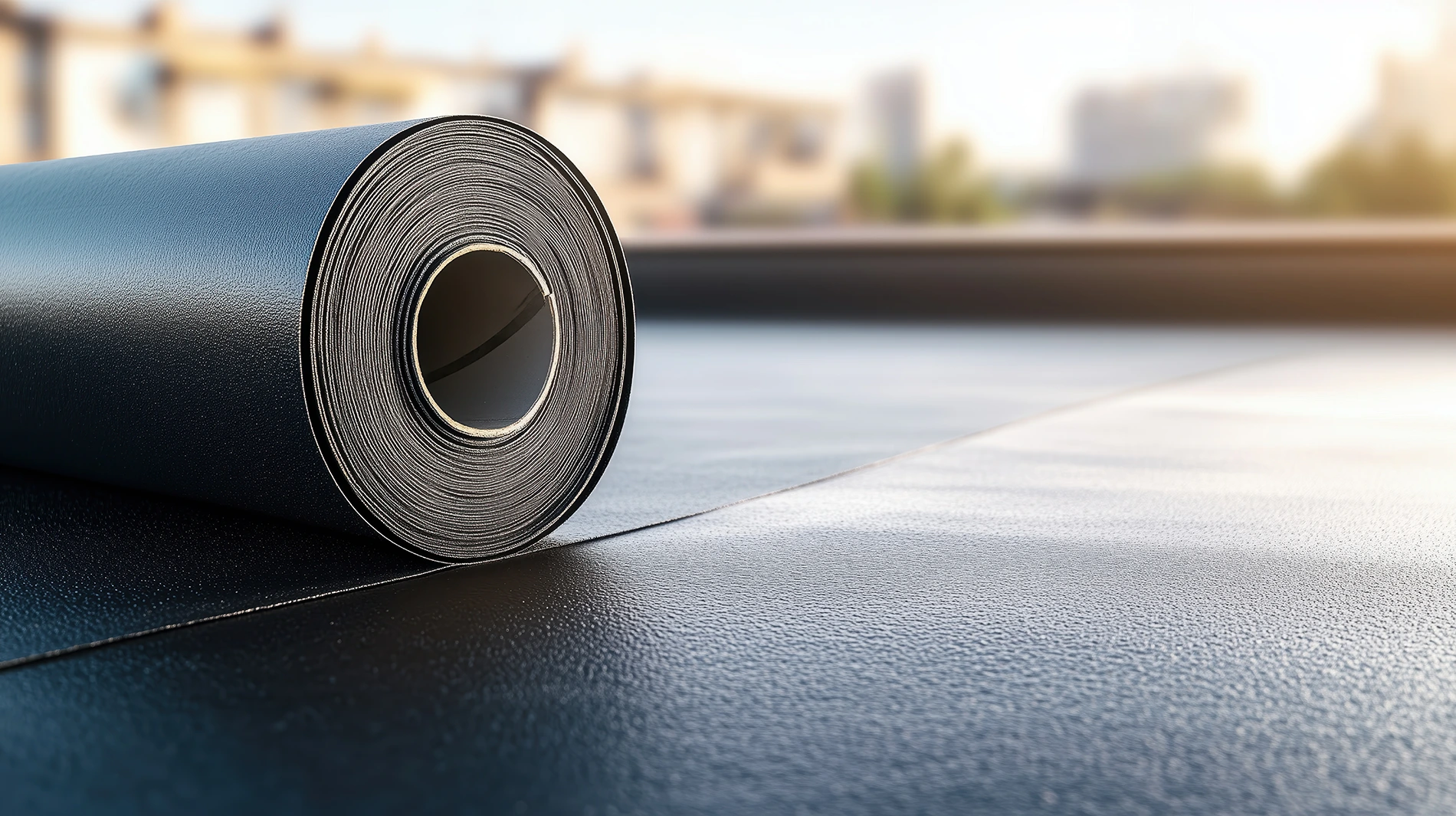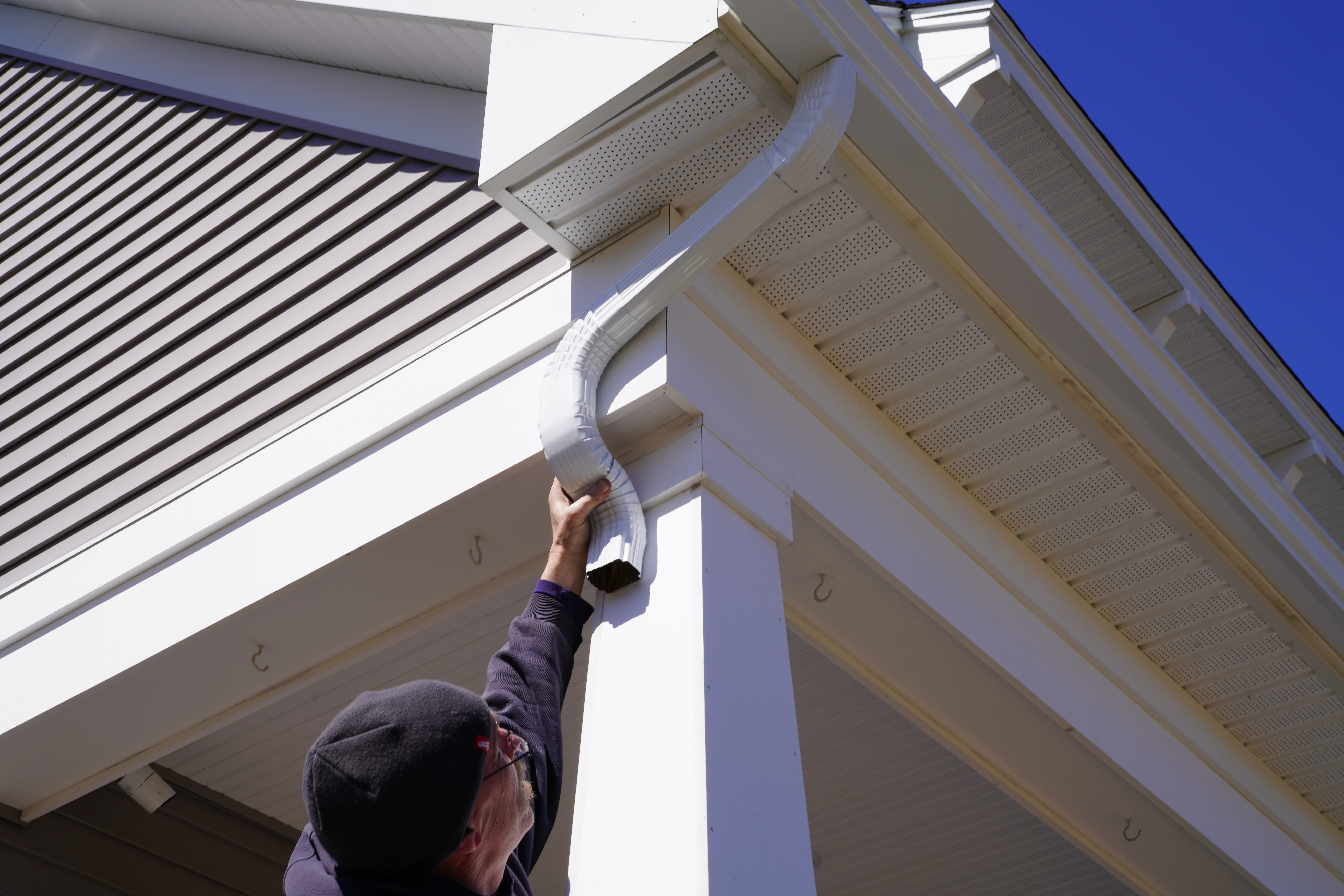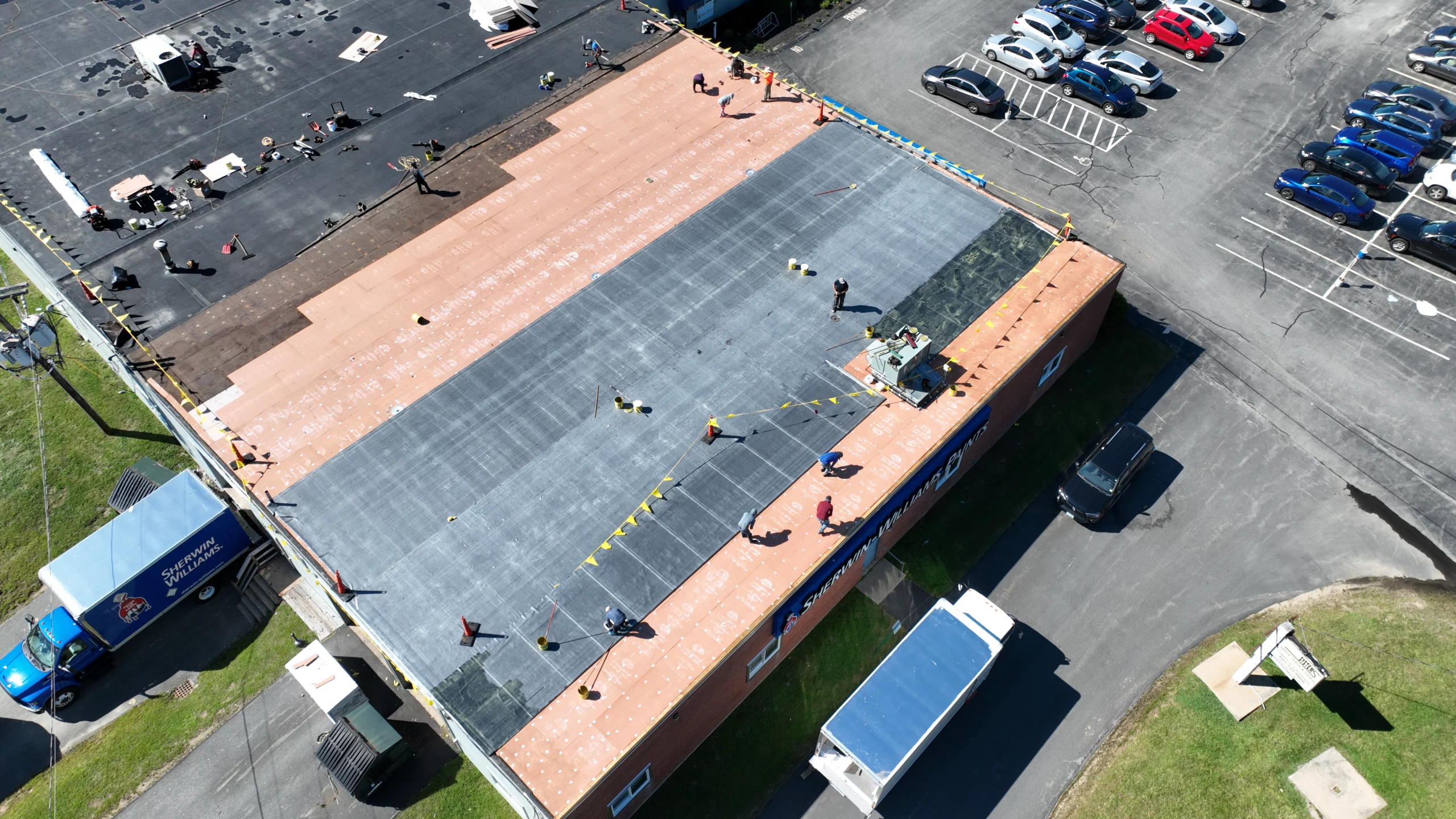Natural light is an underrated yet crucial element in creating a dynamic and inviting home environment. Velux skylights are an innovative solution that provides a healthy dose of sunlight and fresh air, enhancing your home’s aesthetic appeal and energy efficiency. As the leading and most trusted residential roofing contractor in New Hampshire and Southern Maine, J. Carnes & Son Roofing takes pride in helping homeowners transform their living spaces with expert Velux skylight installation and maintenance services. In this blog post, we will delve into the compelling advantages of integrating Velux skylights into your home, discuss crucial factors to consider while choosing the right skylight, and provide essential tips for ensuring a successful installation and long-lasting benefits.
Transformative Benefits of Velux Skylights
Incorporating Velux skylights into your home can result in numerous advantages that enhance your living spaces:
1. Natural Light: Velux skylights allow sunlight to flood your home, promoting a vibrant and welcoming atmosphere, as well as reduced dependence on artificial lighting.
2. Ventilation and Air Quality: Skylights that can be opened, such as the Velux “Fresh Air” models, provide natural ventilation and encourage better air circulation, resulting in improved indoor air quality.
3. Energy Efficiency: By utilizing daylight and passive ventilation, Velux skylights can contribute to a reduced reliance on heating, cooling, and artificial lighting, potentially lowering energy costs.
4. Aesthetic Appeal: Skylights can be a striking design element, complementing various architectural styles and adding value to your home.
Choosing the Right Velux Skylight for Your Home
Velux offers a diverse range of skylight styles and features, allowing you to select the option that best suits your requirements, design preferences, and budget considerations. Here are some essential factors to consider:
1. Purpose: Establish the primary purpose of integrating a skylight into your home. For instance, if maximizing natural light is your primary goal, a fixed skylight may be an optimal choice. If ventilation is a priority, consider the solar-powered “Fresh Air” skylight.
2. Roof Compatibility: Analyze your roof’s structure, pitch, and materials to determine the most compatible skylight. Consulting with a trusted professional, such as J. Carnes & Son Roofing, can ensure the proper selection and installation of your skylight.
3. Size and Placement: Skylight size and positioning play a critical role in achieving the desired amount of natural light and ventilation. Larger skylights increase daylight but may affect your room’s interior design. A professional contractor can assist you in determining the ideal size and location for your Velux skylight.
4. Glazing and Energy Efficiency: Velux skylights offer various glazing options designed to meet specific thermal, light control, and safety requirements. Choose a glazing type that fits your climate and energy efficiency goals, such as double-pane or laminated glass.
Velux Skylight Installation Tips and Best Practices
Ensuring a successful Velux skylight installation is essential for maximizing its benefits and longevity. These expert tips can help:
1. Hire a Reputable Contractor: A skilled and experienced contractor, like J. Carnes & Son Roofing, can guarantee the proper selection, installation, and future maintenance of your Velux skylight.
2. Roof Integrity: Have your roofing contractor evaluate your roof’s structural integrity before the installation to identify and address potential issues.
3. Proper Flashing: Correctly installed flashing is crucial in directing water away from the skylight and preventing leaks. A professional contractor can ensure a weather-tight seal around your Velux skylight.
4. Interior Finish: The finishing touches on your interior surrounding the skylight can significantly impact daylight distribution and aesthetic appeal. Consult with your contractor about customizing the skylight’s interior to match your room’s design.
Maintaining Your Velux Skylight for Optimal Performance
Regular maintenance is crucial to preserving the beauty, functionality, and longevity of your Velux skylight. Follow these maintenance guidelines:
1. Cleaning: Keep your skylight clean to ensure maximum light transmission and clarity. Consult the Velux manual for cleaning recommendations specific to your model.
2. Inspections: Schedule periodic inspections with a professional contractor to identify potential issues before they worsen, potentially prolonging the life of your skylight.
3. Weather Protection: Monitor your skylight during severe weather conditions, such as heavy snow or rainstorms, to detect any leaks or damage. Contact your contractor for prompt repairs if necessary.
4. Warranty and Support: Familiarize yourself with the warranty coverage offered by Velux for your specific skylight model and follow the recommended maintenance procedures to maximize the product’s lifespan.
Conclusion
Velux skylights possess the power to revolutionize your living spaces, bringing natural light, fresh air, and an undeniable charm to your home. With careful consideration of the right style, features, and professional installation, you can enjoy all the benefits Velux skylights have to offer. Contact the experienced Velux skylight installer at J. Carnes & Son Roofing today to discuss your needs and embark on a transformative journey toward achieving a more vibrant, energy-efficient, and stylish home.

